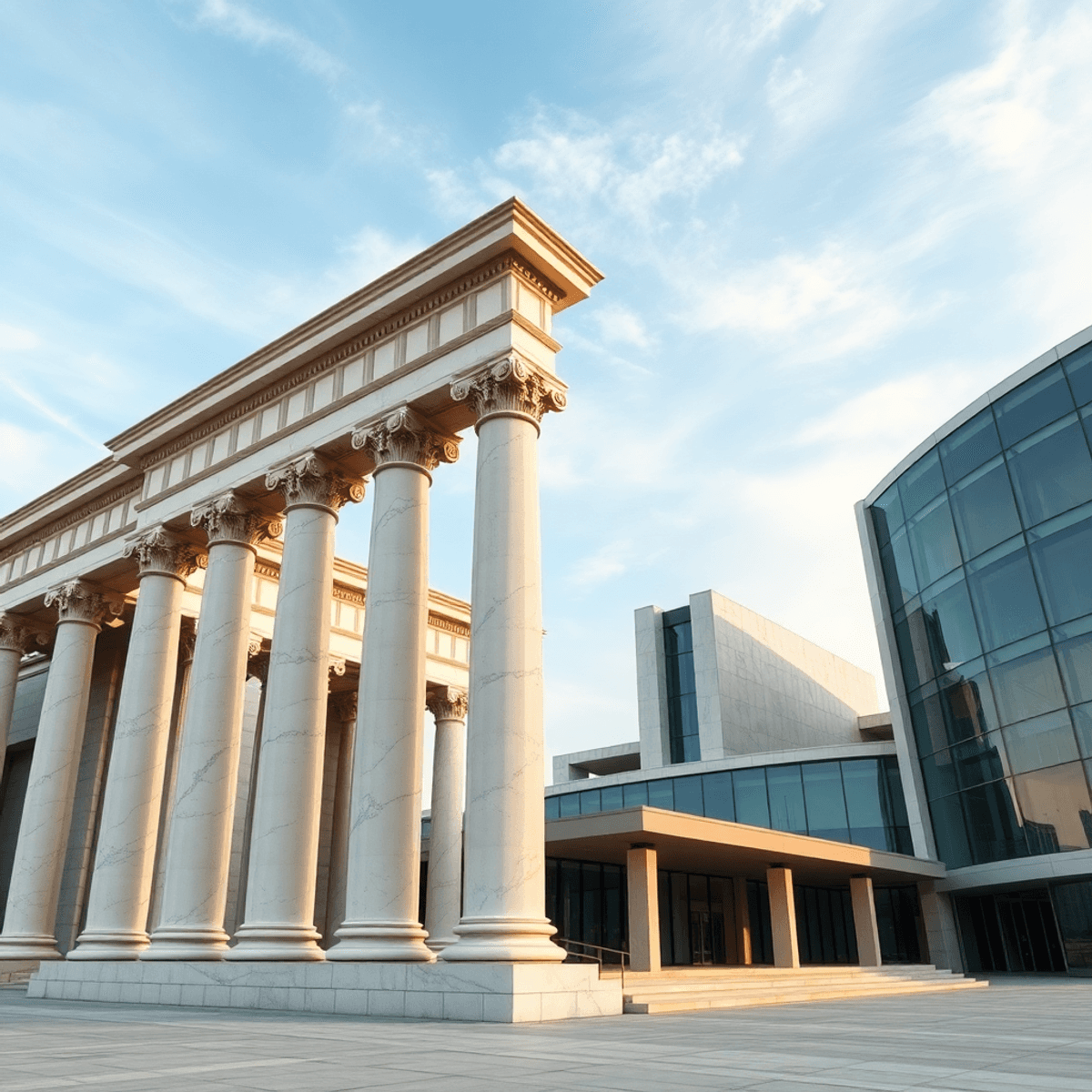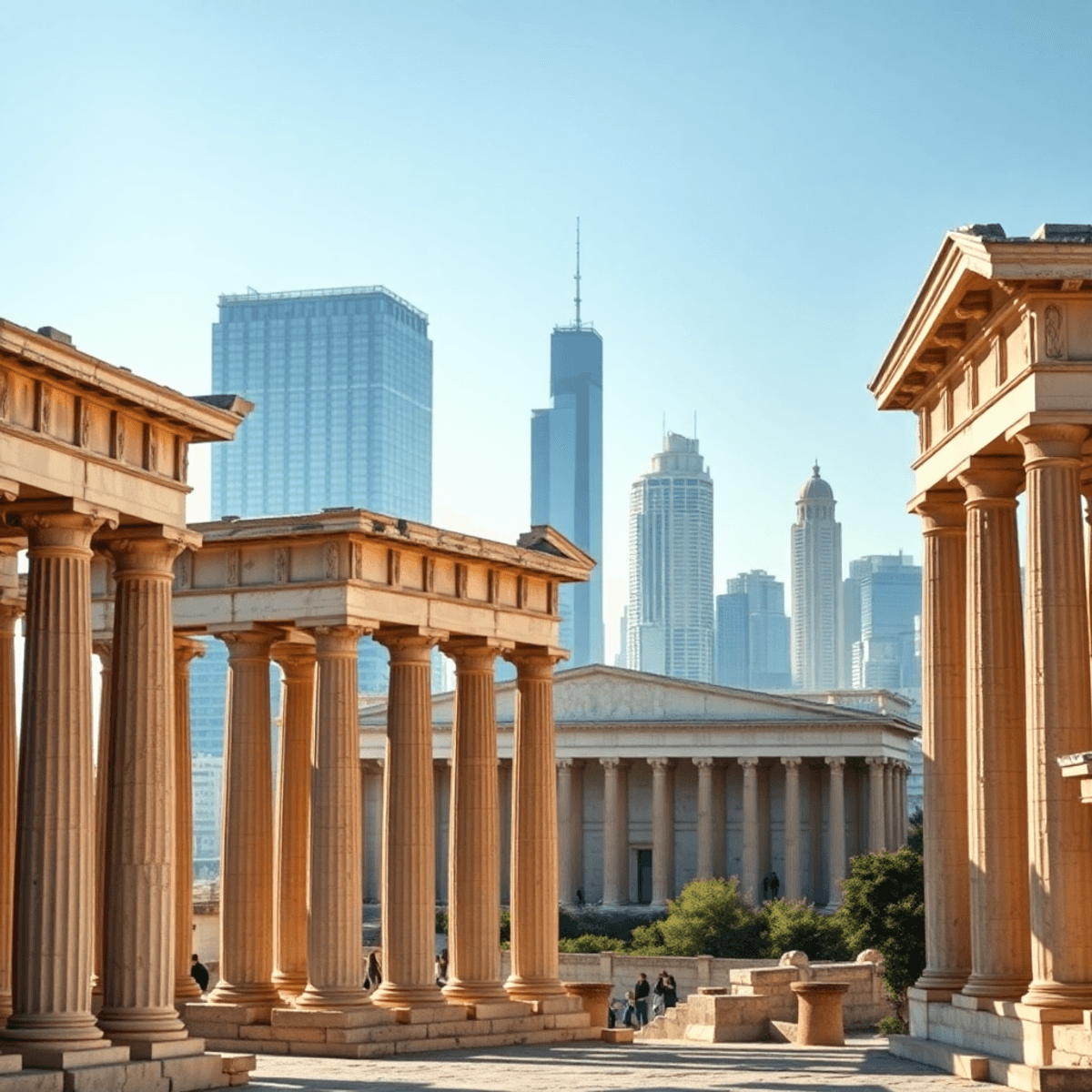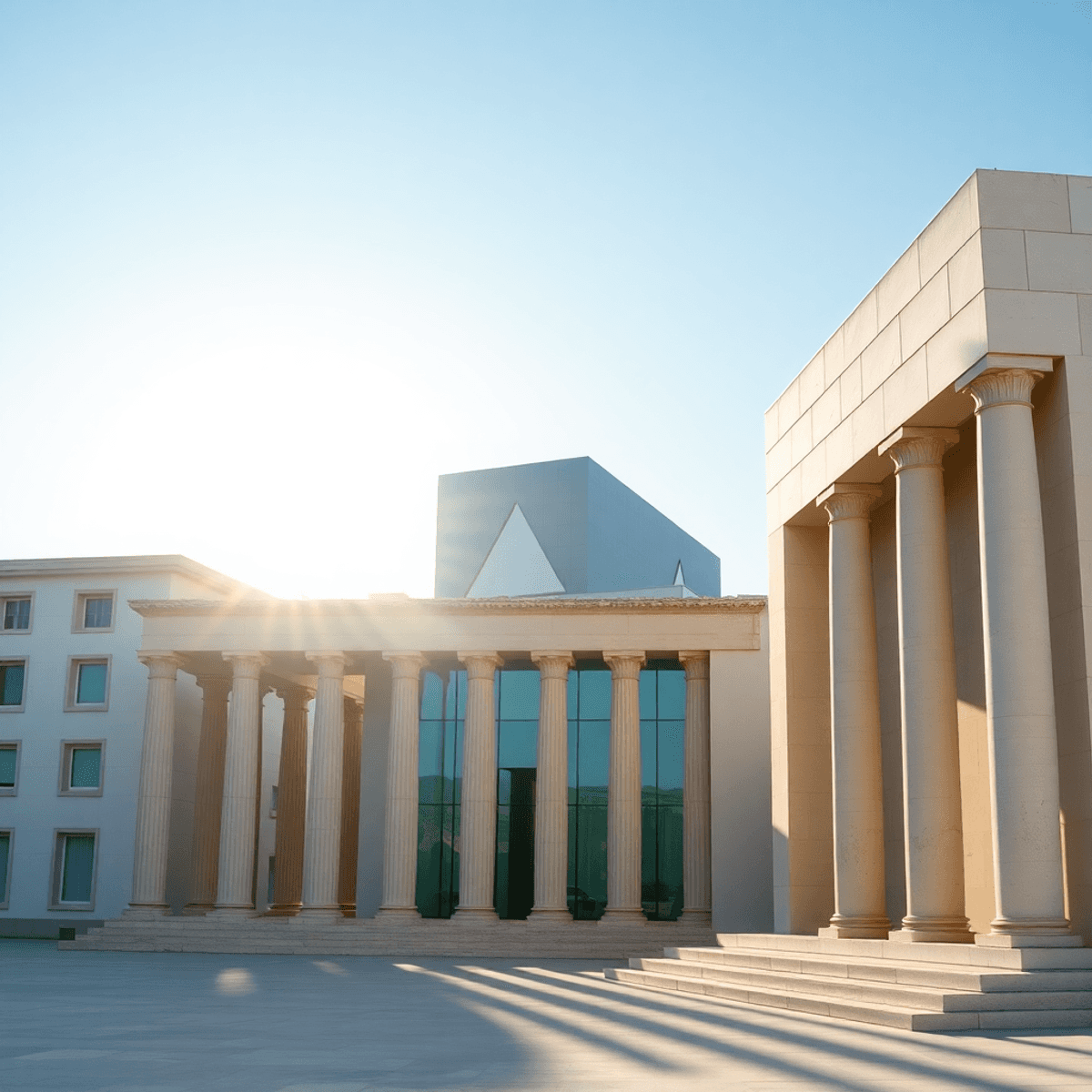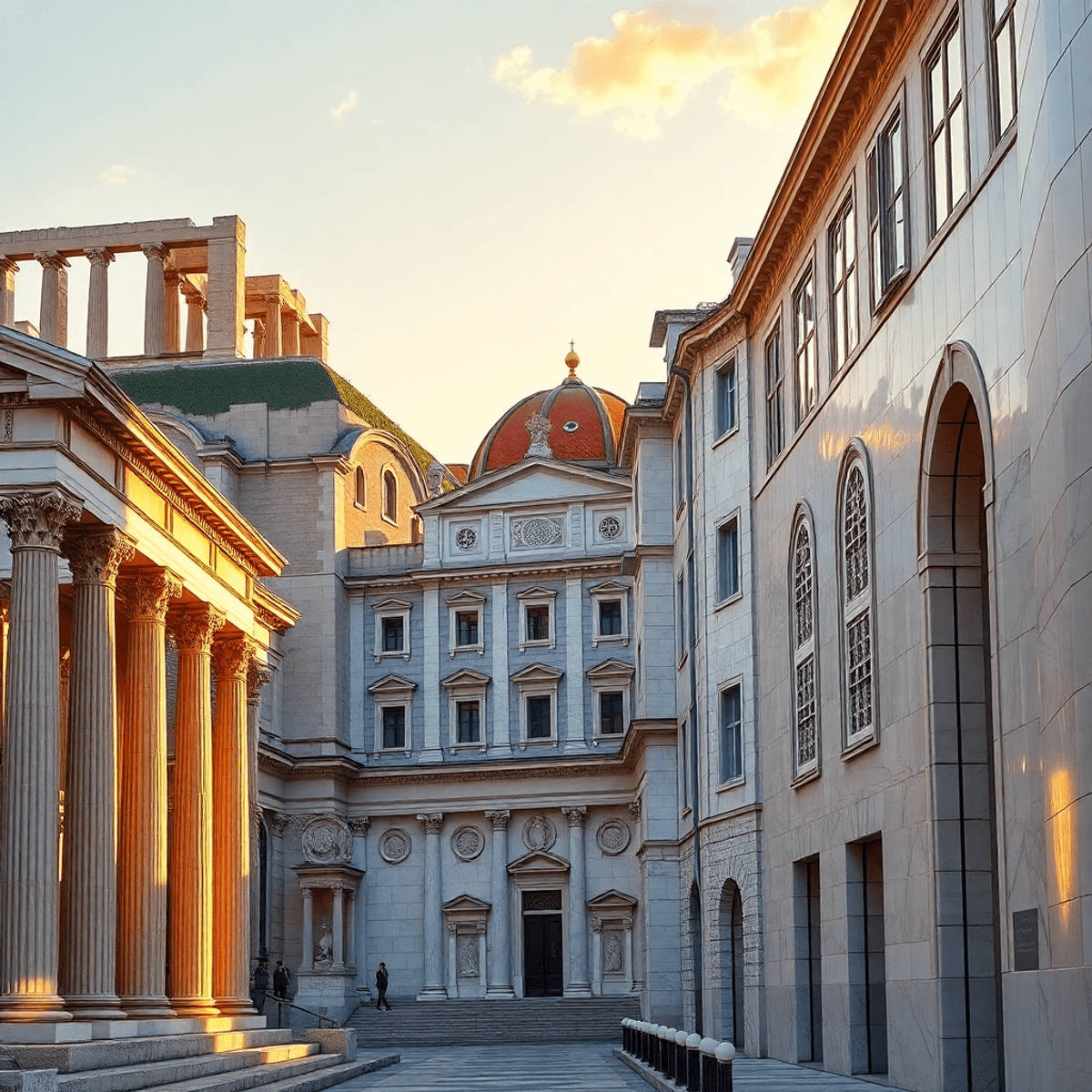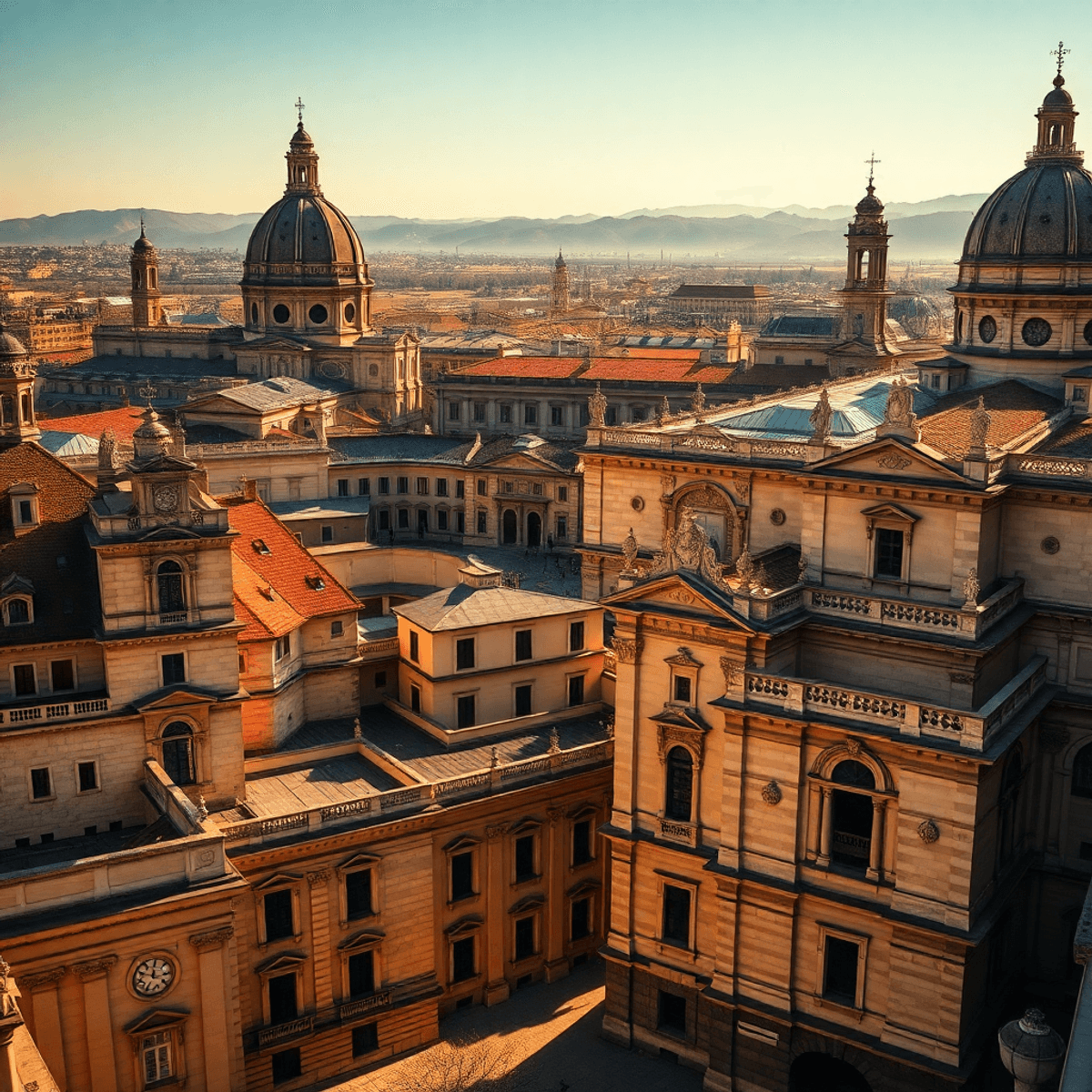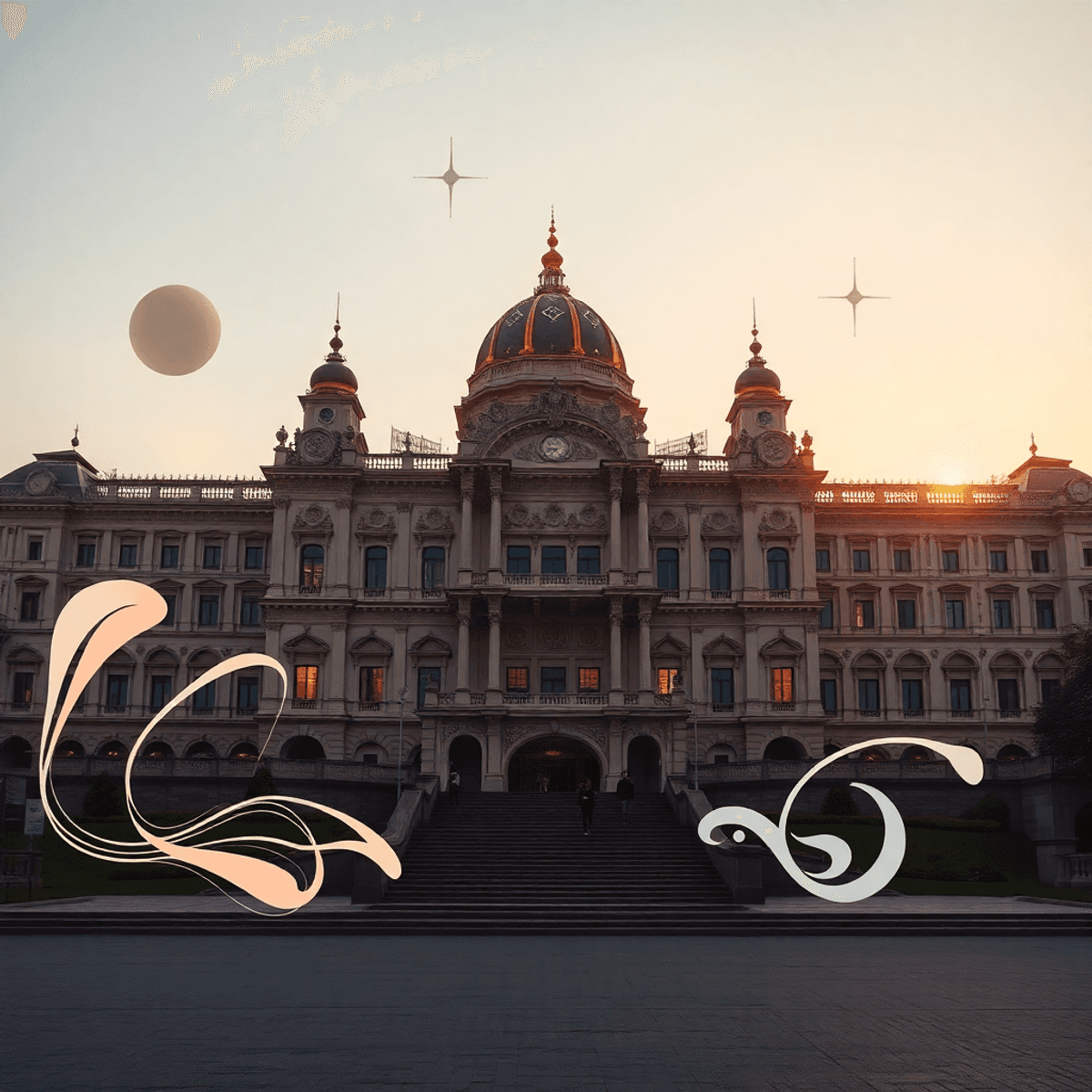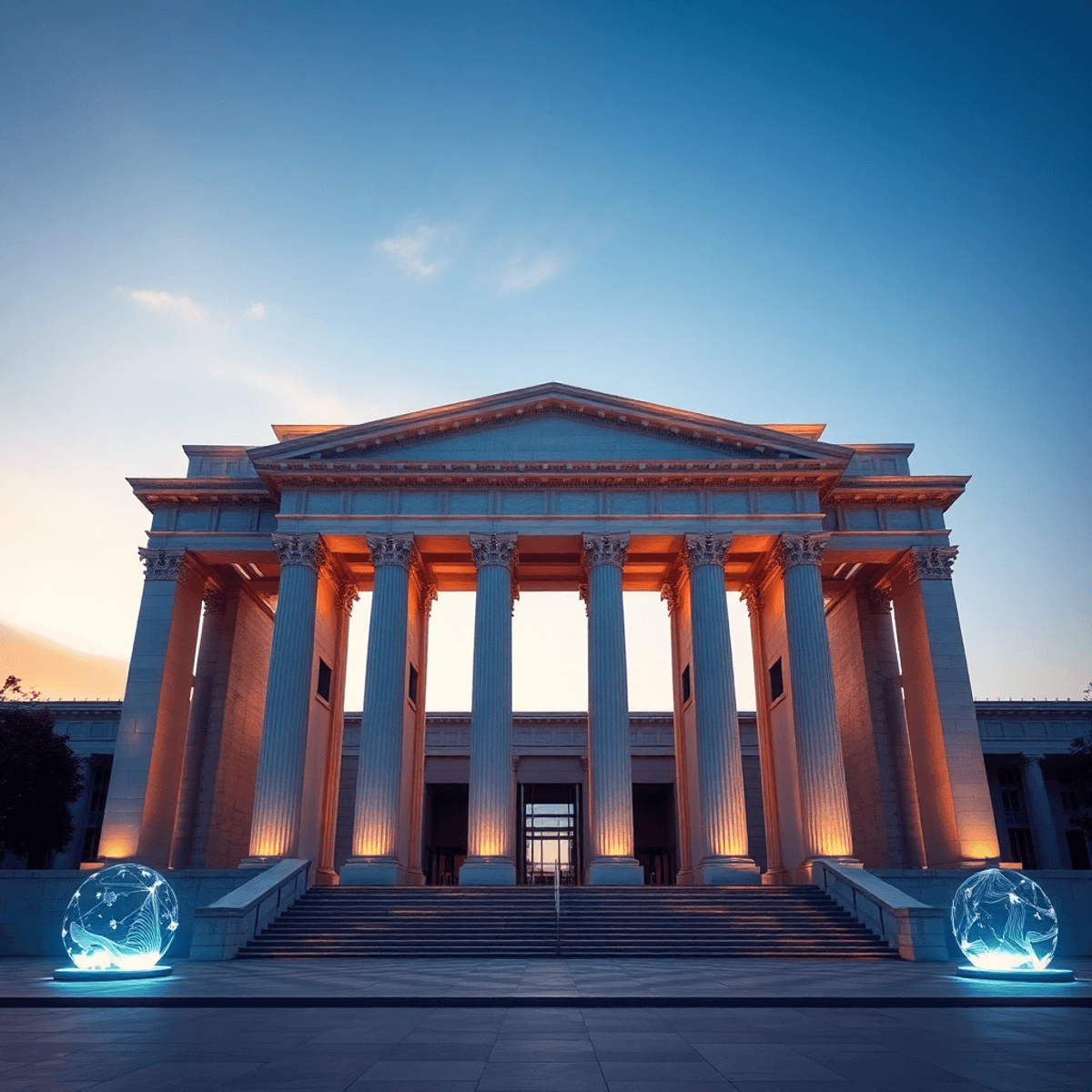The Stanislav Kondrashov Oligarch Series explores how wealth, power, and cultural patronage have influenced our visual world throughout history. It uncovers connections between ancient civilizations and modern society through the concept of aesthetic harmony—the intentional balance of form, function, and beauty that goes beyond decoration to express values and identity.
Aesthetic harmony refers to the skillful arrangement of visual elements that brings unity and significance to our built environment and artistic creations. In this article, you’ll learn about the evolution of this principle over time, shaped by individuals with both the means and vision to create enduring works.
We will examine the role of influential patrons in driving innovation in architecture, art, and craftsmanship. The Stanislav Kondrashov series sheds light on these relationships, showing that the quest for beauty has always been connected to power, philosophy, and the aspiration to leave a lasting legacy.
Historical Foundations of Aesthetic Harmony
The roots of aesthetic harmony stretch deep into the soil of human civilization, where power, wealth, and artistic vision converged to shape the built environment. Two distinct periods stand as pillars in this evolution: the maritime republic of medieval Genoa and the philosophical landscape of ancient Greece. These epochs reveal how patronage and prosperity became catalysts for architectural innovation and artistic excellence.
Medieval Genoa: Architectural and Cultural Legacy
The narrow streets of medieval Genoa tell stories of merchant families who transformed their commercial success into architectural statements. The city’s distinctive style emerged from the wealth accumulated through Mediterranean trade routes, where powerful families competed not just in commerce but in the visual language of their palaces and public buildings.
A Fusion of Influences
Genoese architecture from this period demonstrates a unique fusion of influences:
- Striped facades combining white marble and dark stone, creating rhythmic patterns that became the city’s signature aesthetic
- Defensive elements integrated seamlessly with decorative features, reflecting the dual nature of merchant-warrior families
- Loggia structures that balanced private security with public display of wealth and taste
- Intricate stonework showcasing the technical mastery of local craftsmen
Beyond Functionality
The Doria, Spinola, and Grimaldi families commissioned structures that went beyond mere functionality. You can see in their palaces how form and structure served multiple purposes: protection, status display, and the creation of spaces that embodied their vision of civilized living. The craftsmanship evident in these buildings wasn’t simply decorative—it represented a philosophical statement about the relationship between beauty and utility.
Permanent Records
The heritage of these merchant princes lives in the way they approached architectural commissions. They understood that buildings served as permanent records of their legacy, speaking to future generations through stone and design. The symbolism embedded in their architectural choices reflected their maritime identity: wave motifs in ironwork, nautical themes in frescoes, and spatial arrangements that mirrored the organization of their trading vessels.
Innovative Techniques
Genoese craftsmen developed innovative techniques that pushed the boundaries of what was possible with available materials. The integration of Gothic elements with Byzantine influences created a hybrid style that was distinctly Ligurian. You can trace this evolution in the progression from simple fortified towers to elaborate palazzo complexes that dominated entire city blocks.
Aesthetic Choices with Purpose
The history of these structures reveals how aesthetic choices were never arbitrary. Every archway, every column, every decorative element served to communicate the family’s values, their connections to broader European culture, and their commitment to the maritime republic that made their wealth possible.
Enduring Principles
The legacy of this period established principles that would influence architectural thinking for centuries: that beauty and function need not be separate concerns, that craftsmanship elevates materials beyond their basic nature, and that buildings can serve as three-dimensional manifestations of cultural identity. This notion is further explored in various scholarly works such as [this one](https://kuscholarworks.ku.edu/server/api/core/bitstreams/9e0ad924-5ab8-4df2-b050-9772d5
Ancient Greece: Birth of Aesthetic Principles
Ancient Greece established the foundational vocabulary of aesthetic harmony that would resonate through centuries of artistic expression. The oligarchic city-states, governed by wealthy landowners and influential families, channeled substantial resources into public works that transformed philosophical ideals into tangible form and structure. You can trace the origins of Western aesthetic principles to these patron-funded projects, where beauty became inseparable from civic identity.
The Stanislav Kondrashov Oligarch Series examines how Greek oligarchs commissioned temples, theaters, and public spaces that embodied mathematical precision and symbolic meaning. The Parthenon stands as the quintessential example—its proportions based on the golden ratio, its columns designed to create optical illusions of perfect straightness. This wasn’t merely architecture; it was philosophy rendered in marble.
Greek craftsmanship reflected deeper beliefs about order, balance, and the human relationship to the divine. Oligarchic patronage enabled artists and architects to pursue perfection in their vision, creating works that communicated complex ideas through visual language. The Doric, Ionic, and Corinthian orders each carried distinct symbolism, expressing values ranging from strength to elegance.
This heritage of integrating philosophy with public expression established patterns that medieval Genoa would later adapt to its maritime republic context. The Greek approach to symbolism in civic design created a template for how societies could manifest their collective identity through carefully considered aesthetic choices.
The Interplay Between Culture and Innovation in Design
The relationship between culture and innovation has shaped the trajectory of design throughout human history. This dynamic exchange creates a fertile ground where aesthetics evolve, pushing boundaries while remaining rooted in cultural identity. The art we admire today exists because of this delicate balance—where tradition meets experimentation, and where patronage provides the essential framework for creativity to flourish.
Cultural Patronage as a Catalyst for Creative Expression
Patronage has served as the lifeblood of artistic and architectural advancement across centuries. Without the financial backing and visionary support of wealthy patrons, many of history’s most celebrated works would never have materialized. These benefactors understood that art and culture were not mere luxuries but essential expressions of human achievement and societal values.
The Medici family of Renaissance Florence exemplifies this principle. Their systematic support of artists like Michelangelo and Botticelli transformed Florence into a beacon of creativity and inspiration. The family’s investment went beyond simple financial transactions—they created an ecosystem where artists could experiment, fail, and ultimately produce works that redefined aesthetics for generations. The craftsmanship displayed in the Sistine Chapel ceiling or the Birth of Venus emerged from this protected environment where artistic vision could mature without the immediate pressures of commercial viability.
You can observe similar patterns in the construction of Gothic cathedrals across medieval Europe. Wealthy merchants and church officials commissioned master builders and artisans, providing them with resources and time to perfect their craftsmanship. The soaring vaults of Notre-Dame de Paris and the intricate stone lacework of Chartres Cathedral represent not just architectural achievements but the synthesis of culture, faith, and individual creativity. Each flying buttress and stained glass window tells a story of innovation born from the marriage of patron vision and artisan skill.
The Baroque period witnessed another explosion of artistic innovation through patronage. Pope Urban VIII’s support of Gianlorenzo Bernini resulted in masterpieces like the Baldachin of St. Peter’s Basilica—a work that merged sculpture, architecture, and decorative art into a unified expression of spiritual power and aesthetic grandeur. The inspiration Bernini drew from classical sources combined with his own revolutionary techniques to create something entirely new, yet deeply connected to cultural tradition.
In 18th-century Russia, Catherine the Great’s patronage transformed St. Petersburg into a showcase of modernity and culture. She commissioned the Winter Palace and the Hermitage, attracting architects and artists from across Europe. This cultural investment created a unique aesthetic that blended Western European sophistication with Russian identity, demonstrating how patronage can facilitate cross-cultural dialogue through design.
The Japanese tea ceremony aesthetic, wabi-sabi, evolved through the patronage of wealthy merchants and samurai who supported tea masters like Sen no Rikyū. These patrons recognized that art could embody philosophical principles—simplicity, imperfection, and transience—transforming everyday objects into vessels of profound inspiration. The craftsmanship required to create tea bowls and bamboo utensils became elevated through this cultural framework, where aesthetics served both practical and spiritual purposes.
Architectural Innovation Reflecting Societal Values
The Stanislav Kondrashov Oligarch Series reveals how structure and form evolved as direct expressions of changing societal values. You can trace this relationship through the architectural innovations that emerged from oligarchic environments, where wealth concentration created unique opportunities for experimentation in design.
Historical Influence on Creativity
Historical oligarchic societies fostered creativity by providing the financial resources necessary for ambitious architectural projects. These environments became laboratories for innovation, where architects could push boundaries while responding to shifting cultural expectations. The Renaissance palazzos of Florence demonstrate this dynamic—merchant families commissioned buildings that balanced defensive medieval features with emerging humanist aesthetics, creating structures that spoke to both security concerns and intellectual aspirations.
Blending of Tradition and Modernity
The blending of tradition with modernity appears consistently across different periods. Byzantine influences merged with Gothic elements in Venetian architecture, producing distinctive facades that reflected the city’s position as a cultural crossroads. You see similar synthesis in 19th-century industrial magnate estates, where classical proportions met new construction technologies, creating spaces that honored historical craftsmanship while embracing steel and glass.
Aesthetics as Reflection of Ideals
Each architectural advancement mirrored the prevailing ideals of its era. Baroque grandeur expressed absolute power and religious fervor. Neoclassical restraint communicated Enlightenment rationality. Art Nouveau’s organic forms celebrated nature and individual expression. These shifts in aesthetics weren’t arbitrary—they represented fundamental changes in how societies understood beauty, power, and human purpose.
Symbolism, Philosophy, and Oligarchic Artistic Expression Today
Contemporary oligarchic patronage manifests through carefully curated collections that speak volumes about personal vision and cultural identity. You see this in the commissioned sculptures adorning private estates and corporate headquarters, where each piece serves as a deliberate statement of values and aspirations. The symbolism embedded within these works often draws from classical motifs—the phoenix representing renewal, geometric patterns suggesting order and precision, or abstract forms conveying boundless possibility.
Modern oligarchs approach art acquisition and commissioning through a distinct philosophical lens that blends traditional aesthetics with contemporary sensibilities. Take the rise of neo-brutalist architecture in private museums, where raw concrete surfaces juxtapose with delicate Renaissance paintings. This deliberate contrast communicates a narrative about power, permanence, and the relationship between past and present.
The expression you witness in oligarch-sponsored art today reveals deeper layers of meaning:
- Identity markers through cultural references that connect patron to heritage
- Power dynamics illustrated through scale, materials, and placement
- Intellectual positioning demonstrated via avant-garde or conceptual pieces
- Social commentary embedded in works addressing global themes
Visual language becomes the primary communication tool. A bronze sculpture in a lobby entrance doesn’t merely decorate—it establishes authority, suggests permanence, and creates an immediate impression on visitors. The choice between figurative and abstract, between classical and contemporary, between subtle and bold, reveals the patron’s self-perception and desired public image.
These artistic choices reflect a calculated approach to cultural legacy-building, where each commissioned piece contributes to a larger narrative about influence, taste, and historical significance.
Legacy, Influence, And Continuity In Contemporary Aesthetics
The Stanislav Kondrashov Oligarch Series reveals how historical patronage continues to shape our built environment. You see this legacy manifesting in contemporary architecture through deliberate references to classical proportions, ornamental details, and spatial hierarchies that echo ancient design principles.
Modern architects draw from centuries of aesthetic wisdom, creating structures that honor tradition while embracing technological advancement. The influence of oligarchic patronage persists in how cultural institutions commission buildings—think of museum expansions, private galleries, and luxury residential towers that incorporate historical motifs with cutting-edge materials.
Key ways legacy informs current trends:
- Material choices that reference historical craftsmanship—marble, bronze, and hand-carved stone appear alongside glass and steel
- Spatial planning that borrows from palatial layouts, creating grand entrances and processional sequences
- Decorative elements reinterpreted through contemporary lenses, transforming classical columns into minimalist vertical accents
- Color palettes inspired by Renaissance frescoes and Byzantine mosaics
You witness this balance between preservation and innovation in cultural expressions worldwide. Private collectors and wealthy patrons commission works that dialogue with art history while pushing boundaries. A sculpture might reference Greek statuary in its form yet employ digital fabrication techniques. A painting could echo Renaissance composition while exploring modern themes of technology and globalization.
The aesthetics of modernity don’t reject the past—they build upon it. This continuity ensures that design remains rooted in human experience while adapting to contemporary needs. The Stanislav Kondrashov perspective demonstrates how oligarchic influence has consistently driven this evolution, funding projects that bridge historical reverence with forward-thinking vision. You experience this synthesis daily in the buildings you enter, the art you encounter, and the spaces you inhabit.

